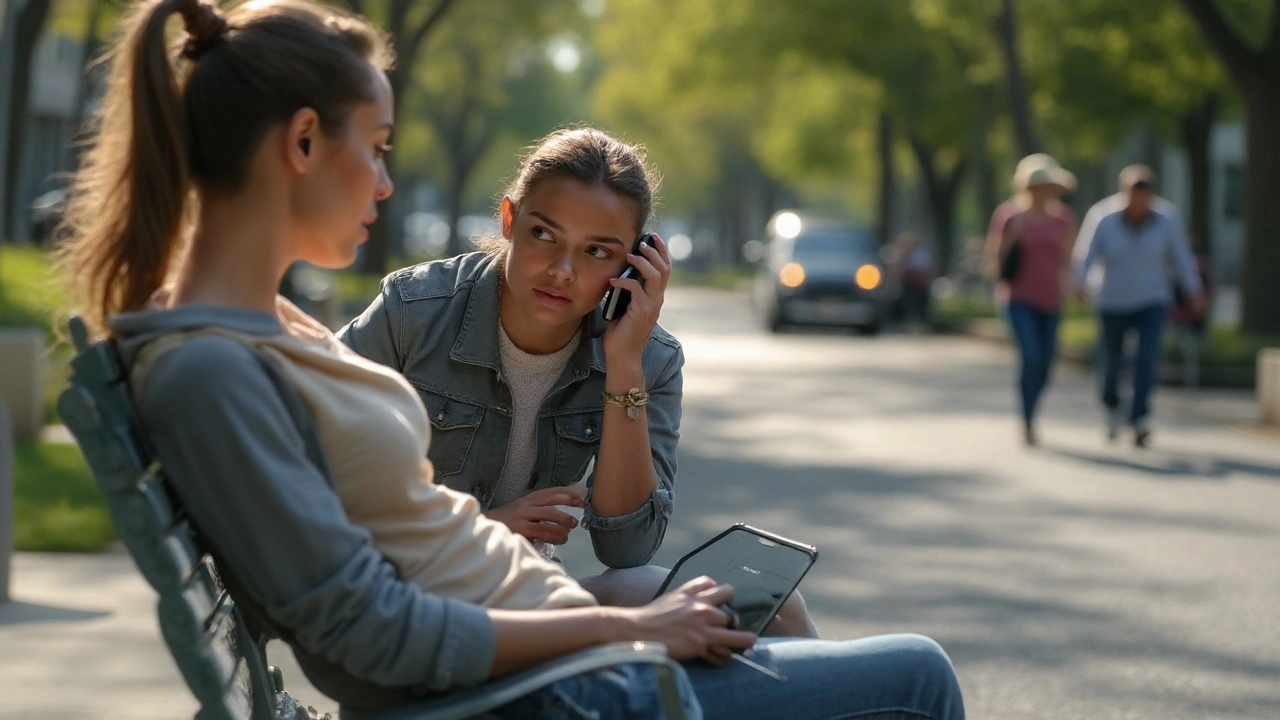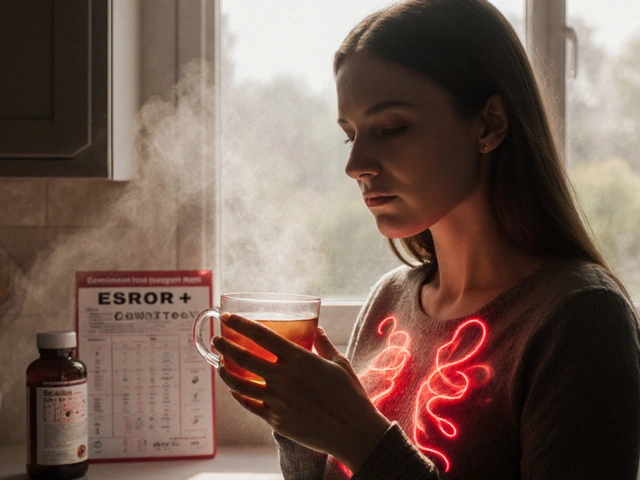Overdose signs: spot symptoms fast and act
An overdose can happen with prescription meds, illegal drugs, or even herbal supplements when doses or mixes go wrong. Knowing the common signs can save time and lives. This page lists clear symptoms, simple first steps, and when you must call emergency services.
Slowed or stopped breathing is the single most dangerous sign. If someone is breathing fewer than eight times a minute, breathing very shallowly, or not at all, that’s an emergency. Look for bluish lips or nails, limp body, or snoring/gurgling sounds that show the airway is blocked.
Loss of consciousness or extreme drowsiness matters. If a person can’t be woken easily or keeps drifting in and out, they need help. Confusion, disorientation, or an inability to answer simple questions can mean the brain isn’t getting enough oxygen.
Other clear signs: seizures, very fast or very slow heartbeat, chest pain, fainting, and severe vomiting. Watch skin color and temperature — pale, clammy skin or very hot skin and high fever can both be dangerous depending on the substance involved.
Signs linked to types of drugs
Some signs point to specific drug classes. Pinpoint pupils often point to opioids. Wide, reactive pupils, high energy, and fast heartbeat suggest stimulants like cocaine or amphetamines. Nausea, jaundice (yellow skin/eyes), and abdominal pain can indicate toxic reactions to certain herbs or overdosing on acetaminophen, which harms the liver.
Herbal or supplement overdoses may be less dramatic at first but still serious. Excess doses of herbs like kava or valerian can cause extreme drowsiness and breathing problems. Ephedra or high-dose green tea extracts may raise heart rate and blood pressure or cause arrhythmias. St. John's wort interacts with many meds and can worsen side effects.
What to do right away
Call emergency services if breathing is slow, the person is unconscious, seizing, or has chest pain. If you suspect an opioid overdose, give naloxone if available and trained to use it. Keep the person on their side in the recovery position to prevent choking if they vomit. Stay with them and monitor breathing and responsiveness.
If signs are mild but worrying — severe nausea, tremors, confusion, or unusual bleeding — contact poison control or a healthcare provider for guidance. Bring pill bottles, herb containers, or a list of what was taken to help responders act quickly.
Prevention beats panic: follow dosing instructions, avoid mixing alcohol with meds or herbs, check interactions if you take multiple products, and keep emergency numbers and naloxone accessible if someone uses opioids. If you ever feel unsure, call a professional. Quick action can change the outcome.

What to Do in Case of Overdose: Step-by-Step Emergency Guide
Take quick and smart action when dealing with overdose. Spot the signs, call for help, and use safe steps while waiting for professionals.
view more






